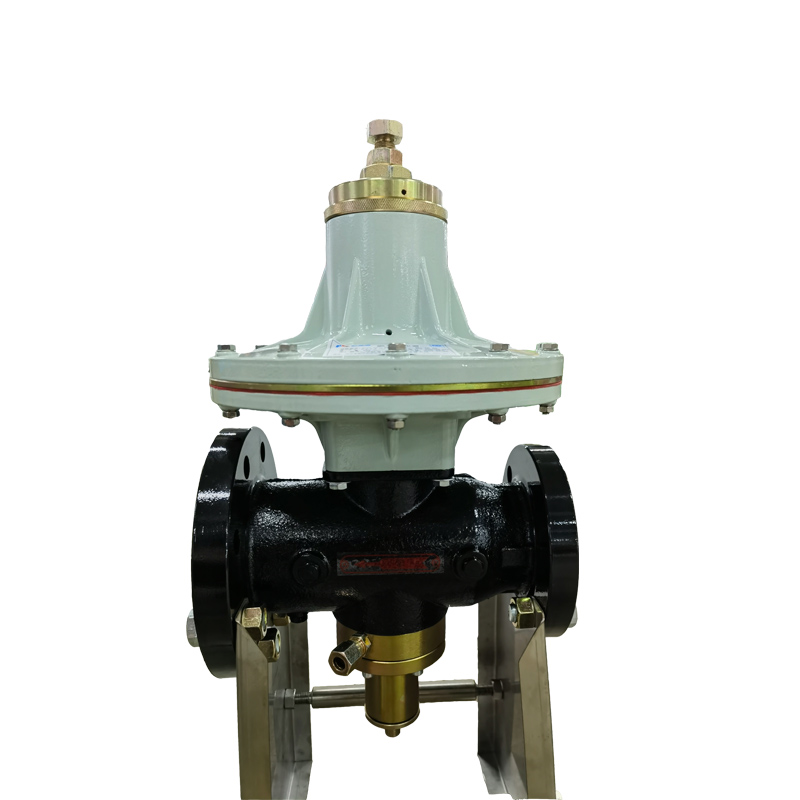
Dec . 12, 2024 00:26
Back to list
Gas Safety Valve for Secure and Efficient Energy Management
The Importance of Gas Safety Valves
Gas safety is a fundamental concern in both residential and industrial settings. The use of gas safety valves, known as صمام أمان الغاز in Arabic, plays a crucial role in ensuring the safe handling and consumption of gases, such as natural gas and propane. These valves serve as essential components in various gas systems, providing a safeguard against potential hazards that could lead to catastrophic events.
A gas safety valve is a mechanical device that automatically shuts off the flow of gas in the event of a malfunction or an unsafe condition. This is particularly important because gas leaks can lead to fires, explosions, and health risks due to toxic fumes. Therefore, understanding the functions, types, and maintenance of gas safety valves is critical for any gas user.
Functions of Gas Safety Valves
The primary function of a gas safety valve is to prevent gas leaks. The valve is designed to detect abnormal pressure levels within the gas system. For instance, if the pressure exceeds a predetermined threshold, the valve will automatically close to stop the gas flow. This action prevents the accumulation of gas, which could otherwise create a dangerous situation.
In addition to pressure control, gas safety valves often feature mechanisms to allow for manual operation. This can be particularly useful during maintenance or in emergency situations where an immediate shut-off is necessary. Furthermore, some modern gas safety valves come equipped with alarms or indicators that signal when a valve has been activated, alerting users to check the system for potential issues.
Types of Gas Safety Valves
There are several types of gas safety valves, each serving different applications. The most common types include
1. Automatic Shutoff Valves These valves activate automatically when a gas leak is detected or when pressure levels are not within safe ranges. They are essential for residential appliances like furnaces, water heaters, and stoves.
صمام أمان الغاز

2. Manual Shutoff Valves These require user intervention to turn off the gas flow. They are typically installed at the main gas supply line and allow homeowners to quickly disable the gas feed in case of an emergency.
3. Pressure Relief Valves These are crucial for preventing over-pressurization. When pressure exceeds safe limits, the valve opens to release excess gas, ensuring the system operates within safe parameters.
4. Excess Flow Valves These valves automatically shut off the gas supply if the flow rate exceeds a certain limit, which is vital during a rupture or disconnection in the gas line.
Maintenance and Safety Practices
Maintaining gas safety valves is essential for ensuring they function correctly and effectively. Regular inspection and testing should be part of any gas safety program. Users should look for signs of wear or damage, ensure that valves are not obstructed, and check that manual shutoff valves are easily accessible.
Additionally, users should educate themselves about emergency procedures related to gas use. Knowing how to respond in case of a leak, recognizing the smell of gas, and having an emergency plan can save lives. It is also essential to install gas detectors in homes, which can provide early warnings of gas leaks, giving occupants time to react.
Conclusion
In conclusion, gas safety valves are a critical component of any gas system, providing essential protection against hazards associated with gas use. By ensuring these valves are properly installed, maintained, and monitored, users can significantly reduce risks and enhance safety in their environments. Understanding the functionality and types of gas safety valves not only empowers users but can also prevent disasters and protect lives. Investing in gas safety technology is not merely a precaution; it is a responsibility that can lead to safer homes and workplaces.
Next:
Latest news
-
Safety Valve Spring-Loaded Design Overpressure ProtectionNewsJul.25,2025
-
Precision Voltage Regulator AC5 Accuracy Grade PerformanceNewsJul.25,2025
-
Natural Gas Pressure Regulating Skid Industrial Pipeline ApplicationsNewsJul.25,2025
-
Natural Gas Filter Stainless Steel Mesh Element DesignNewsJul.25,2025
-
Gas Pressure Regulator Valve Direct-Acting Spring-Loaded DesignNewsJul.25,2025
-
Decompression Equipment Multi-Stage Heat Exchange System DesignNewsJul.25,2025

